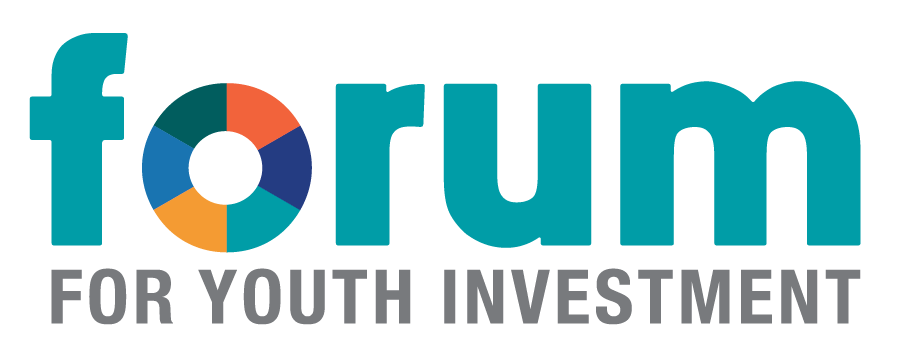The 2019 Landscape: What Do New Governors and Legislation Mean for State Children’s Cabinets So Far?
In January 2019, on the heels of gubernatorial elections, twenty new governors assumed office in states across the country, bringing with them new policies, priorities, and people. One critical and under-recognized area of impact? State-level children’s coordinating bodies--often known as children’s cabinets--which bring together state and sometimes private agencies whose work promotes the wellbeing of children and youth. Moreover, some state legislatures have recently taken action on children’s cabinets. Half a year into these new administrations, where do states stand?
